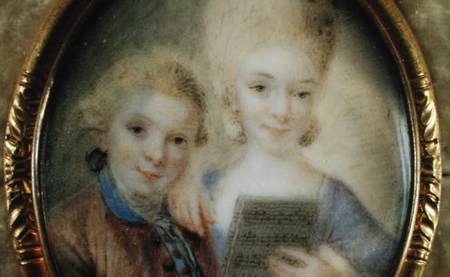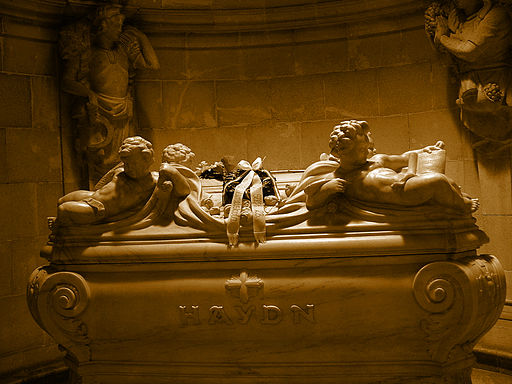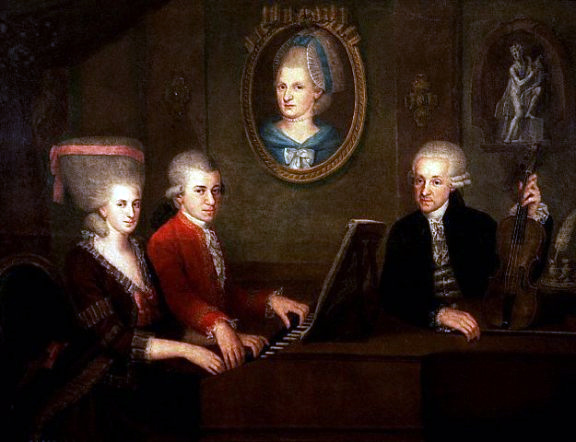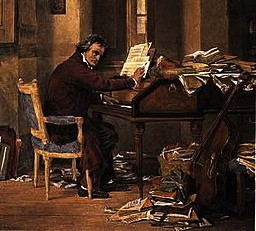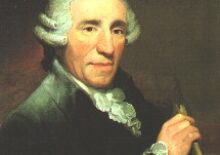Classical music history

The Greek Parthenon in Vienna? Classical architecture from ancient Greece became the model for new styles in the 1700’s
Classical
Classical music history is a brief but prolific and focused moment in the course of human creativity. More than any period, its style became the flagship definition for Western music history known today as “Classical.” Follow history as it winds its way through Vienna between 1750 and 1800.
“Time’s cycle had been straightened into an arrow, and the arrow was traveling ever faster.” -Karol Berger
Music of the Classical period captured the spirit of a growing middle class searching for civility. Inspired by the discovery of Pompeii and the American and French Revolutions, musicians believed in a new democratic philosophy that appealed to larger audiences. The power of the church over the arts had dissolved, and in its wake composers had to appeal to a broad middle- class audience. Music of the Classical period became more linear as opposed to the cyclical nature of the Baroque. Haydn, Mozart, and Beethoven wrote music with constant variation, sudden contrast, and evolving emotions that described the human experience. The rising middle class had more money to spend on concerts, sheet music and the newly invented pianoforte, which became a popular instrument to have in the home. Composers began to craft music specifically designed to appeal to this ever-expanding audience.

Bonn: Beethoven’s hometown
Haydn was the early master of the period, known for his simplicity and clarity. Mozart brought new human emotions of love, passion, and romance to the world of music. Fourteen years younger than Mozart, Beethoven mastered the classical style before he single handedly ended it in a storm of creativity.


